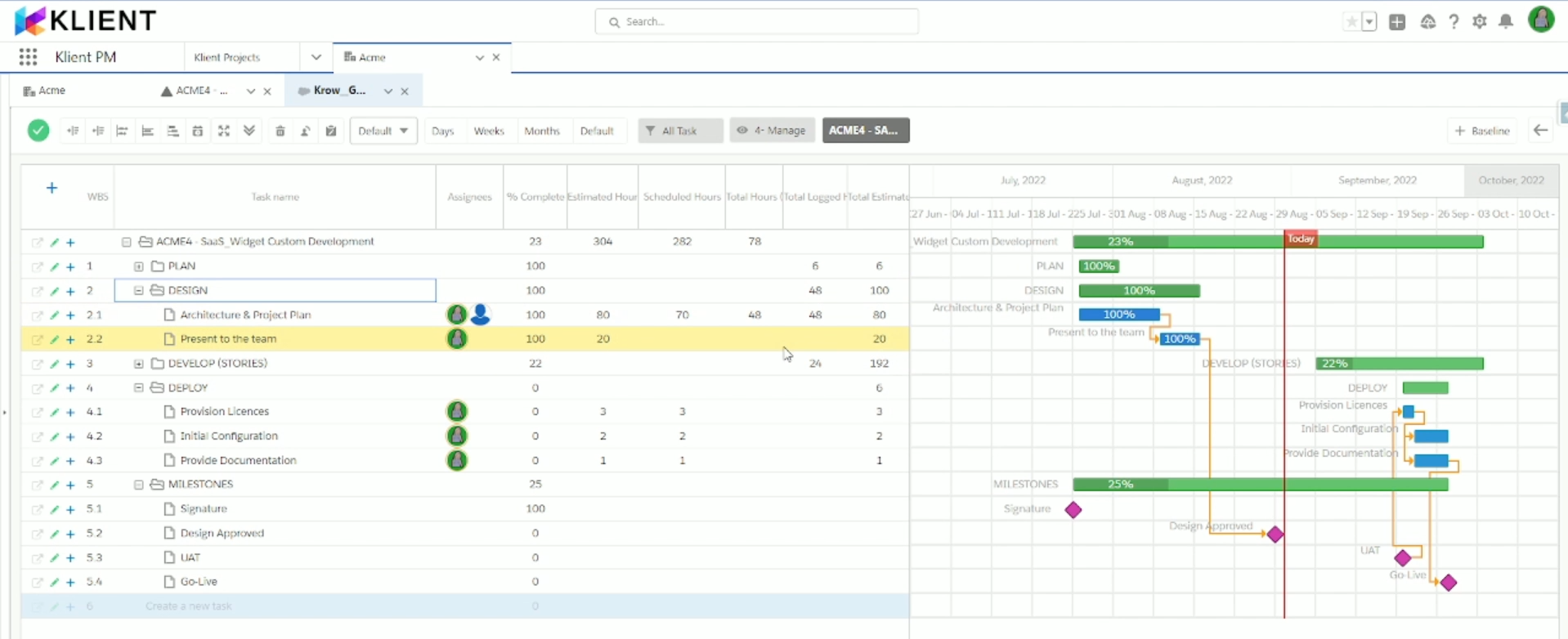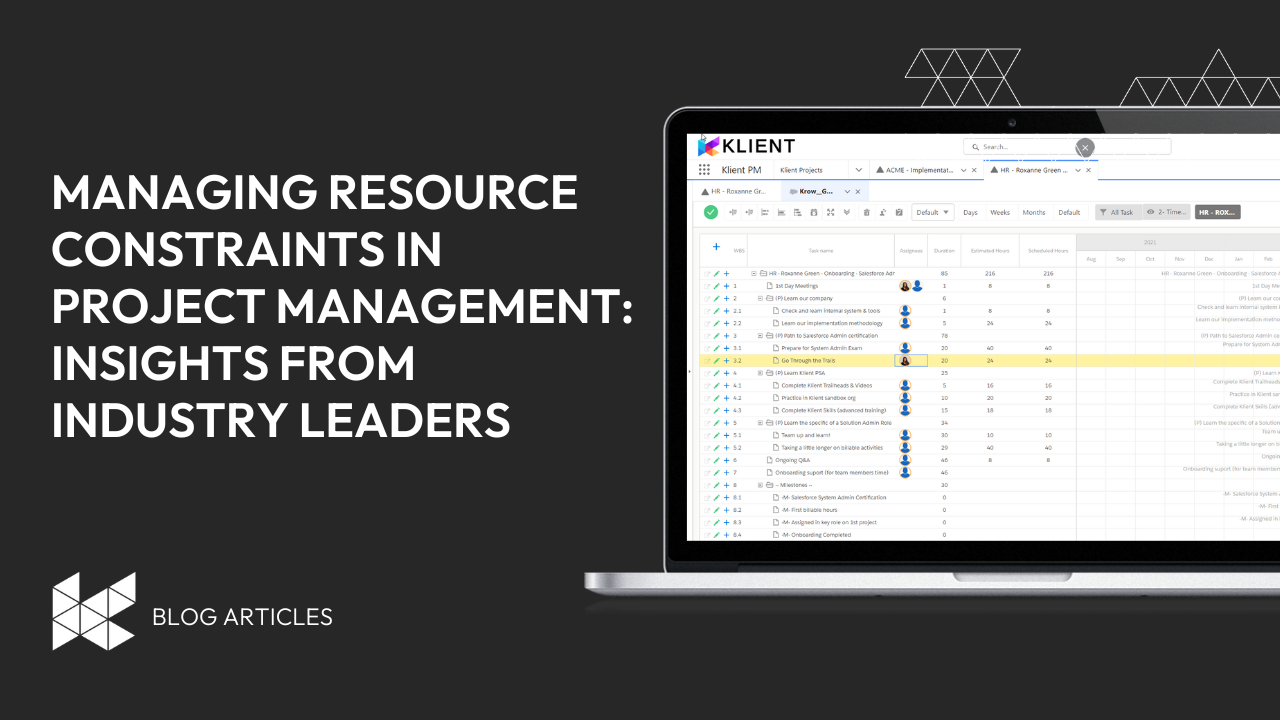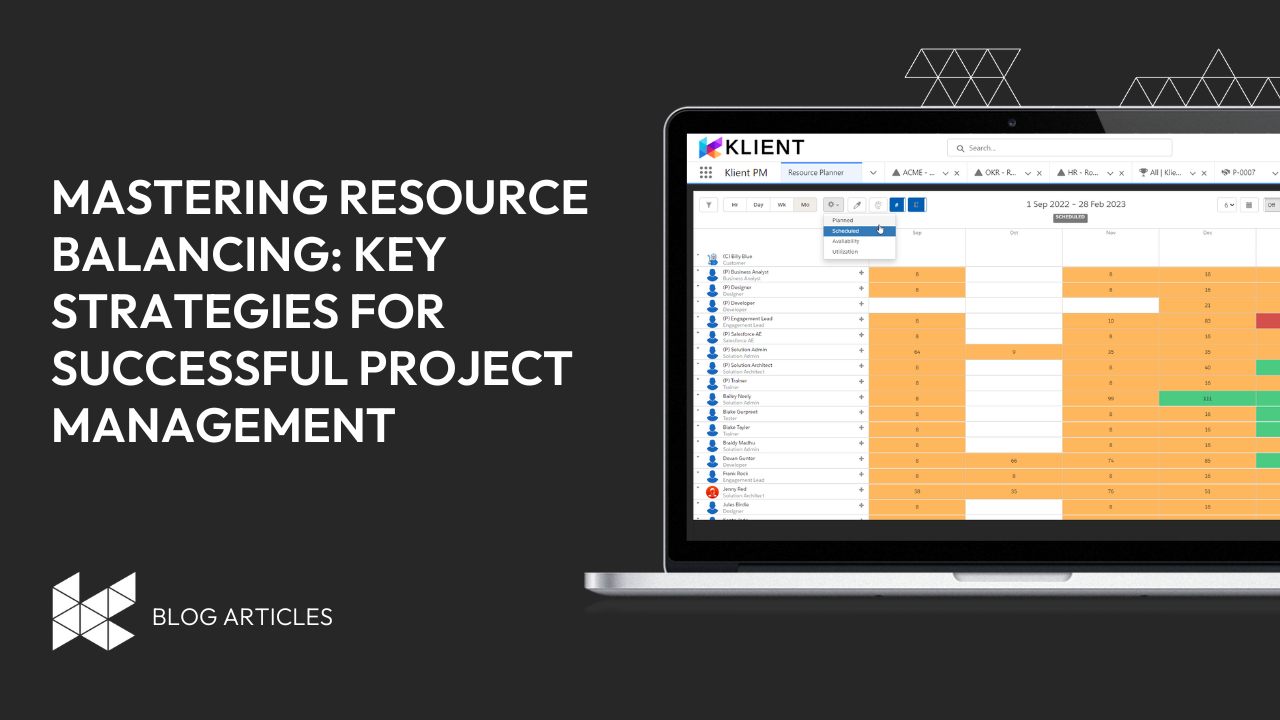
Mastering Resource Balancing: Key Strategies for Successful Project Management
I. Introduction to Resource Balancing:
I. Introduction
- Definition of resource balancing in project management
- Importance of resource balancing in project success
II. Identifying Project Resource Requirements
- Assessing the project scope and objectives
- Identifying required resources (human, financial, and material)
- Creating a project resource plan
III. Assessing Resource Availability
- Determining the availability of resources
- Identifying resource constraints and conflicts
- Evaluating the impact of resource limitations
IV. Developing Resource Allocation Strategies
- Balancing resource supply and demand
- Prioritizing resource allocation
- Dealing with resource shortages and overages
V. Monitoring and Controlling Resource Usage
- Tracking resource usage and expenditures
- Monitoring resource performance
- Managing resource changes and conflicts
VI. Mitigating Resource Risks
- Identifying potential risks to project resources
- Developing risk mitigation plans
- Implementing contingency plans for resource failures
VII. Conclusion
- Importance of effective resource balancing in project management
- Key takeaways and best practices for successful resource management.
Definition of resource balancing in project management
Resource balancing is a critical aspect of project management that involves effectively allocating and managing project resources to achieve project goals and objectives. It ensures that the right resources are available at the right time, in the right quantities, and at the cost to support project activities and deliverables. Resource balancing helps project managers optimize resource utilization, minimize waste, and maintain project quality and schedule.
Effective resource balancing requires a deep understanding of project requirements, resource availability, and resource utilization patterns. Project managers must identify the resources needed for project activities, assess the availability of these resources, and develop strategies to allocate and manage them efficiently. They must also be able to monitor resource usage and adjust resource allocation as needed to ensure that the project stays on track and within budget.

This article will explore key strategies and best practices for mastering resource balancing in project management. We will discuss identifying project resource requirements, assessing resource availability, developing resource allocation strategies, monitoring and controlling resource usage, and mitigating resource risks. Project managers can achieve better resource utilization and project success by following these strategies.
Importance of resource balancing in project success
Resource balancing is a critical component of successful project management. It ensures that project activities are completed within the available resources, timeframes, and budgets. Here are some of the key reasons why resource balancing is essential for project success:
Optimize resource utilization
- Resource balancing helps project managers optimize resource utilization by allocating resources effectively.
- By balancing the availability and demand of resources, project managers can avoid over- or under-utilization of resources, which can affect project quality and schedule.
Meet project goals and objectives
- Proper resource balancing ensures that the necessary resources are available to achieve project goals and objectives.
- By having the right resources available at the right time, project managers can ensure project deliverables are completed on schedule and within budget.
Minimize resource waste
- Effective resource balancing reduces resource waste, which is important for maintaining project profitability.
- By avoiding over-allocation of resources or unnecessary purchases of resources, project managers can reduce project costs and maximize the value of the resources available.
Manage project risks
- Resource balancing helps to manage project risks by anticipating and mitigating potential resource shortages or conflicts.
- By developing contingency plans for resource failures, project managers can reduce the impact of resource risks on the project and avoid delays or additional costs.
Overall, effective resource balancing helps project managers to deliver projects that meet expectations, are completed within budget and timeframes, and are of high quality. Without resource balancing, projects can face resource shortages, scheduling conflicts, cost overruns, and project failures.
II. Resource Balancing: Identifying Project Resource Requirements
Before effective resource balancing can be achieved, project managers must first identify the resources required for the project. This involves assessing the project scope and objectives, identifying the types of resources needed (human, financial, and material), and creating a comprehensive resource plan.
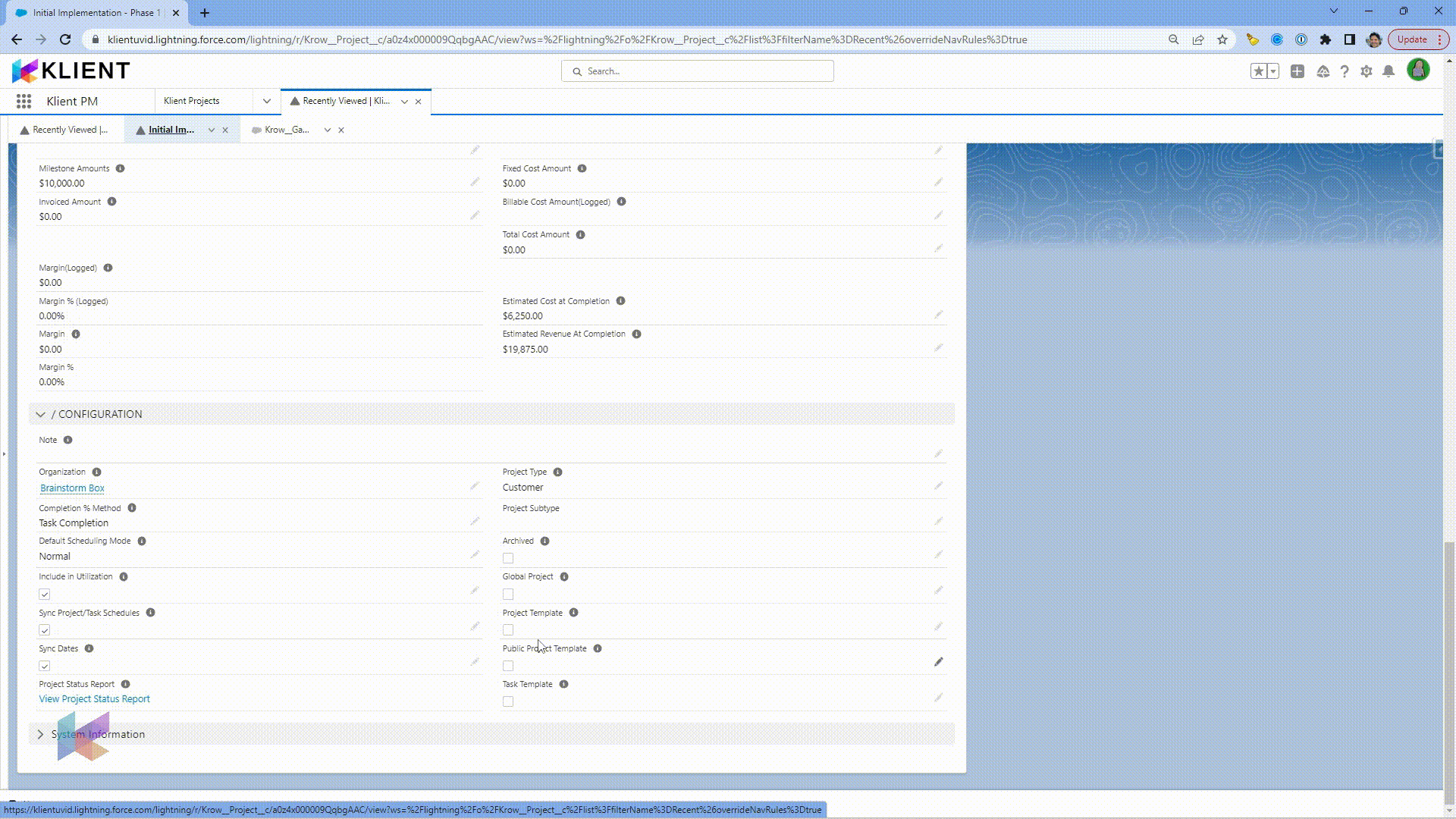
A. Assessing the project scope and objectives
- Project scope defines the work that must be completed to achieve project objectives.
- Project objectives specify the desired outcome or results of the project.
- A thorough understanding of the scope and objectives of the project is essential to determine the types and quantities of resources required.
B. Identifying required resources (human, financial, and material)
- Human resources include project team members, vendors, contractors, and consultants.
- Financial resources include project budget, funding, and investments.
- Material resources include equipment, supplies, and technology required to complete the project.
- Project managers must consider all required resources to ensure successful project completion.
C. Creating a project resource plan
- A project resource plan outlines the resources required for the project, including human, financial, and material resources.
- The plan should include a detailed breakdown of each resource, its estimated cost, and the timeframes during which the resource is required.
- The project resource plan serves as a foundation for effective resource balancing throughout the project lifecycle.
By identifying project resource requirements in a comprehensive resource plan, project managers can ensure that resources are allocated efficiently, and potential resource shortages are anticipated and avoided.
IV. Resource Balancing: Assessing Resource Availability
Once the project resource requirements have been identified, the next step in resource balancing is to assess the availability of the required resources. This involves determining the availability of resources, identifying resource constraints and conflicts, and evaluating the impact of resource limitations on the project.
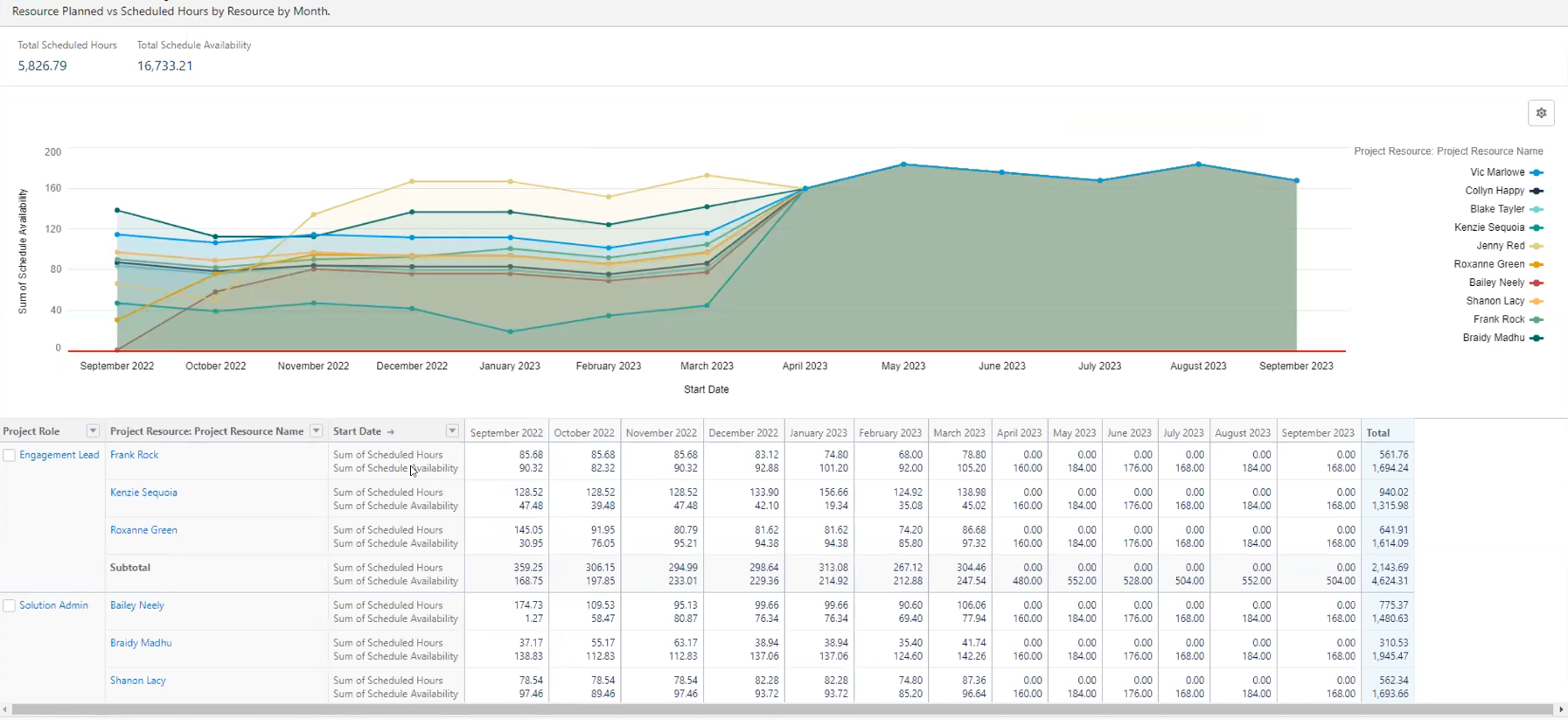
A. Determining the availability of resources
- Project managers must assess the availability of resources by reviewing resource schedules, contracts, and availability.
- They should also evaluate resource utilization patterns to determine if resources are being over- or under-utilized.
B. Identifying resource constraints and conflicts
- Resource constraints occur when resources are not available in sufficient quantities to meet project demands.
- Resource conflicts occur when multiple project activities require the same resource at the same time.
C. Evaluating the impact of resource limitations
- Resource limitations can cause delays, cost overruns, or reduced project quality.
- Project managers must evaluate the potential impact of resource limitations and develop strategies to mitigate the impact.
By assessing the availability of resources, project managers can determine if the required resources are available when needed and can develop contingency plans to mitigate any potential risks or limitations. This helps to ensure that the project is completed on schedule and within budget while maintaining high-quality standards.
IV. Resource Balancing: Developing Resource Allocation Strategies
Effective resource allocation is key to successful project management. It involves balancing resource supply and demand, prioritizing resource allocation, and dealing with resource shortages and overages.
Here are some strategies project managers can use to optimize resource allocation:
A. Balancing resource supply and demand
- Project managers must balance resource supply and demand by allocating resources effectively.
- They must also anticipate potential resource shortages or surpluses and plan accordingly.
B. Prioritizing resource allocation
- Project managers must prioritize resource allocation based on project goals, objectives, and critical success factors.
- They must also consider the availability of resources and any potential conflicts or constraints.
C. Dealing with resource shortages and overages
- In cases of resource shortages, project managers must develop strategies to manage the impact of the shortage, such as re-allocating resources, rescheduling tasks, or outsourcing.
- In cases of resource overages, project managers must determine if the overage is necessary, and if not, reduce resource allocation or re-allocate the resources to other tasks.
By developing effective resource allocation strategies, project managers can optimize resource utilization, minimize waste, and ensure project success. They must also remain flexible and able to adapt to changing project requirements and resource availability throughout the project lifecycle.
VI. Resource Balancing: Mitigating Resource Risks
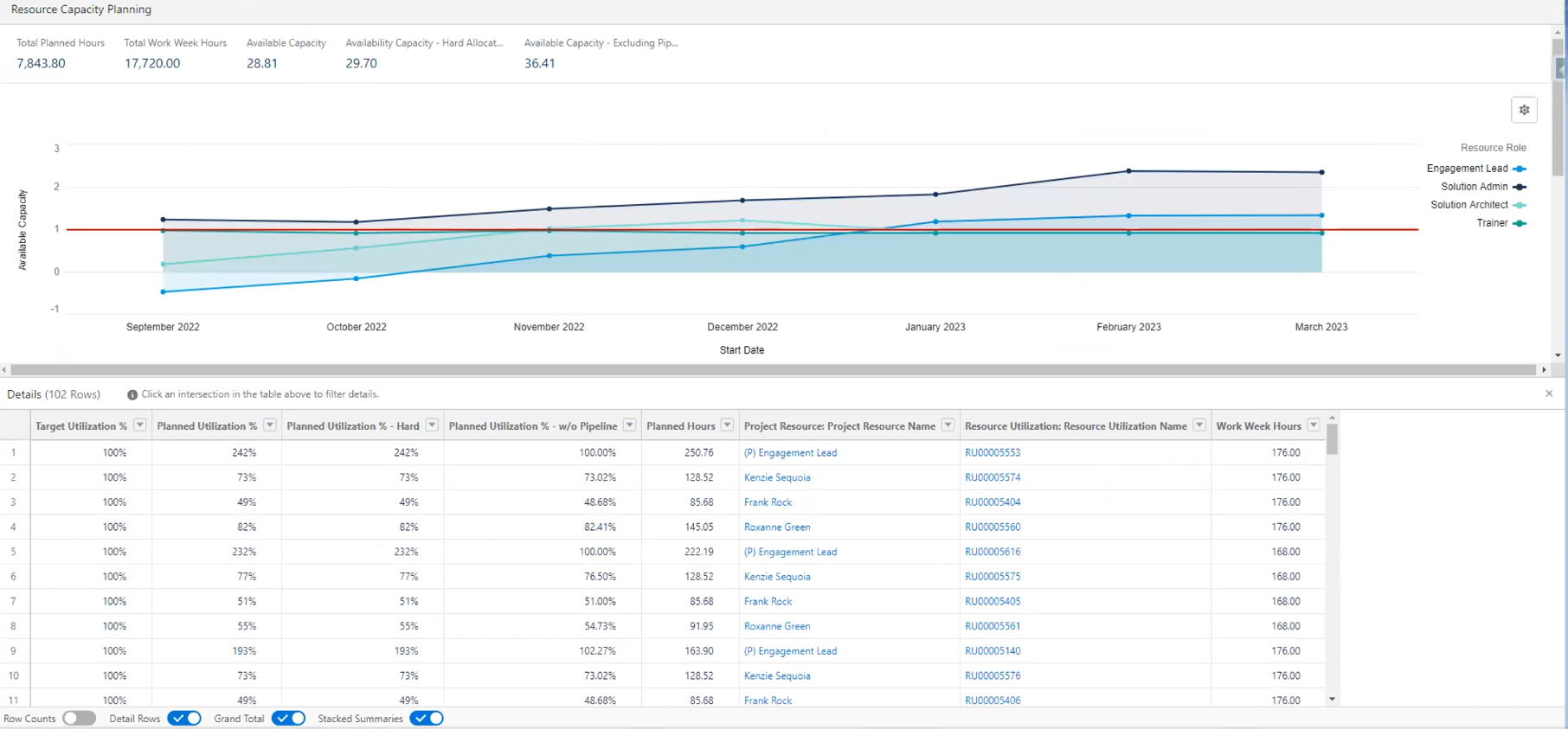
Resource risks are an inherent part of project management. They can cause delays, cost overruns, and reduced project quality. It is essential for project managers to identify potential risks to project resources, develop risk mitigation plans, and implement contingency plans for resource failures. Here are some strategies project managers can use to mitigate resource risks:
A. Identifying potential risks to project resources
- Project managers must identify potential risks to project resources by reviewing resource availability, utilization patterns, and conflicts.
- They should also consider external factors such as supplier reliability, natural disasters, or geopolitical risks.
B. Developing risk mitigation plans
- Project managers must develop risk mitigation plans for identified resource risks by assessing the probability and potential impact of the risks.
- They should also consider the cost-benefit of implementing the mitigation plan.
C. Implementing contingency plans for resource failures
- Project managers must develop contingency plans for resource failures to reduce the impact of the failure on the project.
- Contingency plans may involve re-allocating resources, rescheduling tasks, or outsourcing.
By mitigating resource risks, project managers can reduce the likelihood and impact of resource failures. This helps to ensure project success by minimizing delays, cost overruns, and reduced project quality. Project managers should continuously monitor the project and adjust the risk mitigation and contingency plans as needed to ensure that the project remains on track.
VII. Conclusion to Resource Balancing
Effective resource balancing is a critical component of successful project management. It involves identifying resource requirements, assessing resource availability, and developing effective resource allocation strategies to ensure that project goals are met within budget and on schedule. In addition, project managers must also mitigate resource risks by identifying potential risks, developing risk mitigation plans, and implementing contingency plans for resource failures.
In conclusion, the importance of effective resource balancing in project management cannot be overstated. It is essential for project managers to develop a thorough understanding of the project’s resource requirements, availability, and utilization patterns to ensure that resources are allocated effectively. Project managers should also remain flexible and adaptable to changing project requirements and resource availability.
Key takeaways and best practices for successful resource management include prioritizing resource allocation based on project goals, objectives, and critical success factors, identifying potential resource risks, developing risk mitigation plans, and implementing contingency plans for resource failures.
By implementing these best practices, project managers can optimize resource utilization, minimize waste, and ensure project success. This will enable them to deliver projects on time, within budget, and to the satisfaction of all stakeholders involved.
VIII. Optimizing Resource Balancing: How a PSA Software Can Help Professional Services Organizations
Managing resources in a project is a challenging task that requires careful planning and execution. It involves identifying resource requirements, assessing resource availability, and developing effective resource allocation strategies to ensure that project goals are met within budget and on schedule. In today’s business world, professional services organizations (PSOs) face a variety of challenges when it comes to resource balancing. These include changing customer demands, increasing competition, and the need to optimize resource utilization. One way PSOs can overcome these challenges is by using a professional services automation (PSA) software. In this article, we will explore how a PSA software can help with resource balancing.
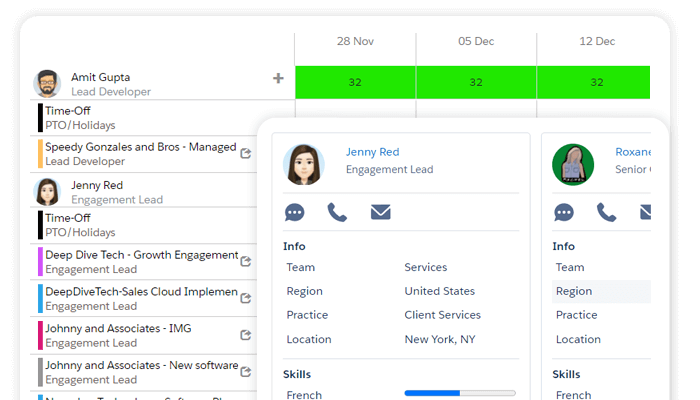
What is a PSA Software?
A PSA software is a tool that helps PSOs manage their projects, resources, and finances. It is a centralized platform that provides end-to-end project management capabilities, from project initiation to project closure.
PSA software enables PSOs to automate key business processes, such as project planning, resource allocation, time tracking, and invoicing. It also helps organizations optimize resource utilization and improve project profitability.
How a PSA Software Can Help with Resource Balancing
PSA software can help PSOs manage resource balancing in a variety of ways. Here are some of the key benefits of using PSA software for resource balancing:
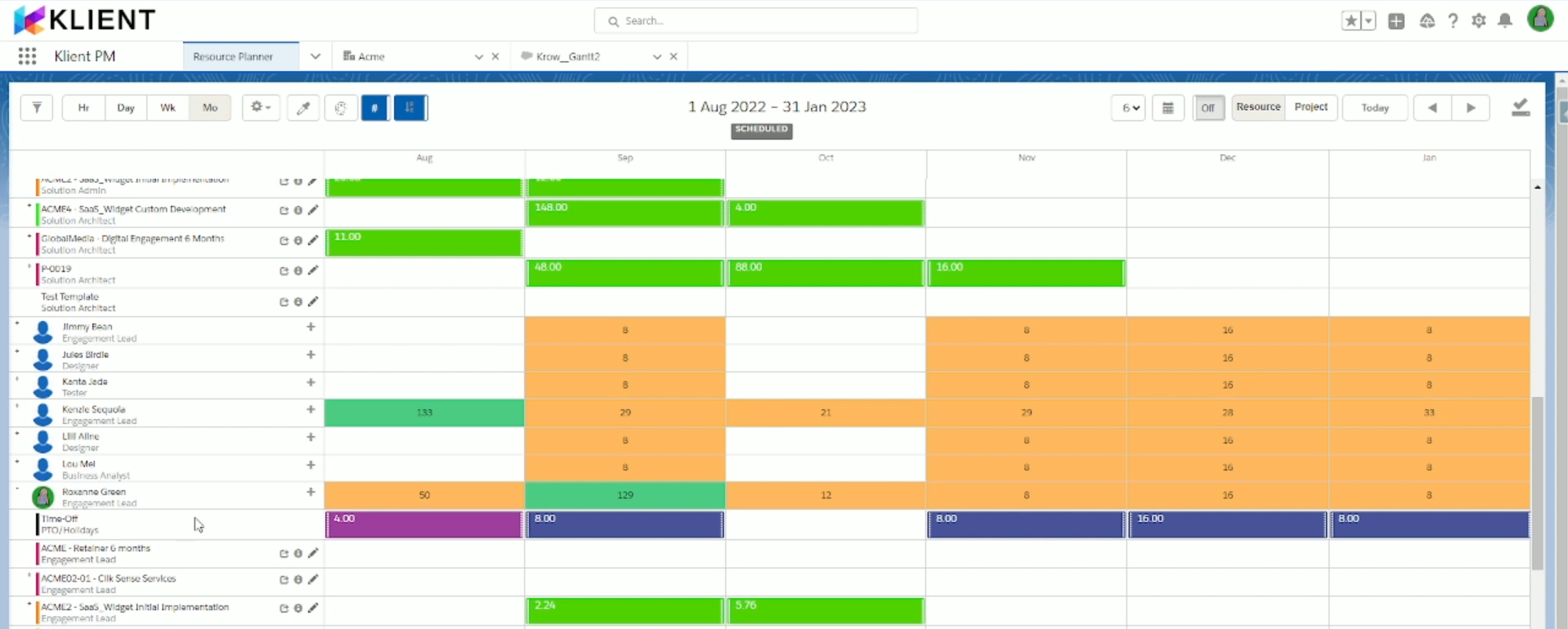
Real-time Resource Visibility
PSA software provides real-time resource visibility, enabling project managers to see resource availability and utilization patterns at a glance. This helps project managers make informed decisions about resource allocation, ensuring that resources are allocated effectively. Real-time resource visibility also helps project managers identify potential resource conflicts and shortages, allowing them to take proactive measures to mitigate these risks.
Optimized Resource Utilization
PSA software enables PSOs to optimize resource utilization by identifying and allocating resources to projects based on their skills, availability, and utilization patterns. This helps organizations maximize their resource utilization and improve project profitability. PSA software also enables PSOs to forecast future resource requirements, allowing them to plan for resource needs in advance.
Resource Planning and Forecasting
PSA software enables PSOs to plan and forecast resource needs based on project demands. Project managers can use PSA software to identify potential resource shortages or surpluses and plan accordingly. This helps organizations avoid the risks of under- or over-utilization of resources. PSA software also enables PSOs to manage resource demand and capacity, ensuring that resources are allocated effectively.
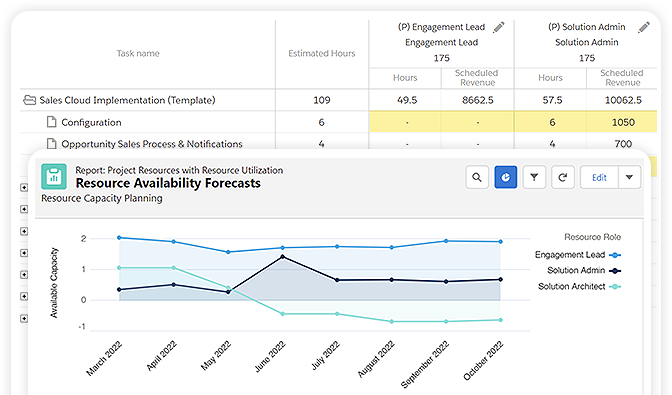
Klient Truthful_Forecast
Time and Expense Management
PSA software helps PSOs manage time and expense tracking, enabling project managers to monitor resource utilization in real-time. This helps project managers identify potential over or underutilization of resources, and take proactive measures to optimize resource allocation. PSA software also provides an accurate record of time and expenses, allowing organizations to accurately bill clients and monitor project profitability.
Resource Allocation and Scheduling
PSA software enables PSOs to allocate and schedule resources to projects based on their skills, availability, and utilization patterns. This helps organizations optimize resource utilization and ensure that resources are allocated effectively. PSA software also enables project managers to adjust resource allocation and scheduling as project requirements change.
Collaboration and Communication
PSA software enables project teams to collaborate and communicate in real-time, improving project efficiency and effectiveness. Project managers can use PSA software to assign tasks and monitor progress, ensuring that resources are allocated effectively. PSA software also enables project teams to share information and collaborate on project tasks, improving communication and reducing the risk of errors or misunderstandings.
Conclusion
Resource balancing is a critical component of successful project management. It involves identifying resource requirements, assessing resource availability, and developing effective resource allocation strategies to ensure that project goals are met within budget and on schedule. PSA software can help PSOs manage resource balancing by providing real-time resource visibility, optimizing resource utilization, planning

You liked this Klient Tip? Share it with your team!
Discover more articles from Klient

Replace all your tools with Klient, Salesforce #1 PSA platform
Run your entire SaaS and consulting business on a single professional service automation platform native to Salesforce!

